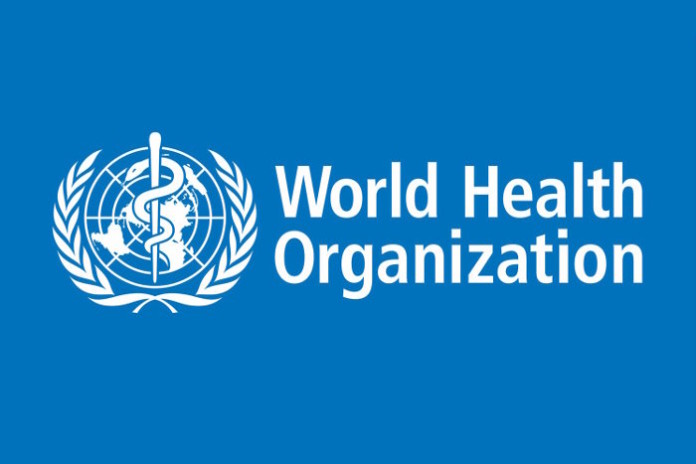The World Health Organization (WHO) classification of tumors of the hematopoietic and lymphoid tissues was last updated in 2008. Since then, there have been numerous advances in the identification of unique biomarkers associated with some myeloid neoplasms and acute leukemias, largely derived from gene expression analysis and next-generation sequencing that can significantly improve the diagnostic criteria as well as the prognostic relevance of entities currently included in the WHO classification and that also suggest new entities that should be added. Therefore, there is a clear need for a revision to the current
classification. The revisions to the categories of myeloid neoplasms and acute leukemia will be published in a monograph in 2016 and reflect a consensus of opinion of hematopathologists, hematologists, oncologists, and geneticists.
The 2016 edition represents a revision of the prior classification rather than an entirely new classification and attempts to incorporate new clinical, prognostic, morphologic, immunophenotypic, and genetic data that have emerged since the last edition. The major changes in the classification and their rationale are presented here. (Blood. 2016; 127(20):2391-2405)
THE UPDATED WHO CLASSIFICATION OF HEMATOLOGICAL MALIGNANCIES
Authors: Daniel A. Arber,1 Attilio Orazi,2 Robert Hasserjian,3 Jürgen Thiele,4 Michael J. Borowitz,5 Michelle M. Le Beau,6 Clara D. Bloomfield,7 Mario Cazzola,8 and James W. Vardiman9
- Department of Pathology, Stanford University, Stanford, CA;
- Department of Pathology, Weill Cornell Medical College, New York, NY;
- Department of Pathology, Massachusetts General Hospital, Boston, MA;
- Institute of Pathology, University of Cologne, Cologne, Germany;
- Department of Pathology, Johns Hopkins Medical Institutions, Baltimore, MD;
- Section of Hematology/Oncology, University of Chicago, Chicago, IL;
- Comprehensive Cancer Center, James Cancer Hospital and Solove Research Institute, The Ohio State University, Columbus, OH;
- Department of Molecular Medicine, University of Pavia, and Department of Hematology Oncology, Fondazione IRCCS Policlinico San Matteo, Pavia, Italy; and
- Department of Pathology, University of Chicago, Chicago, IL



















































